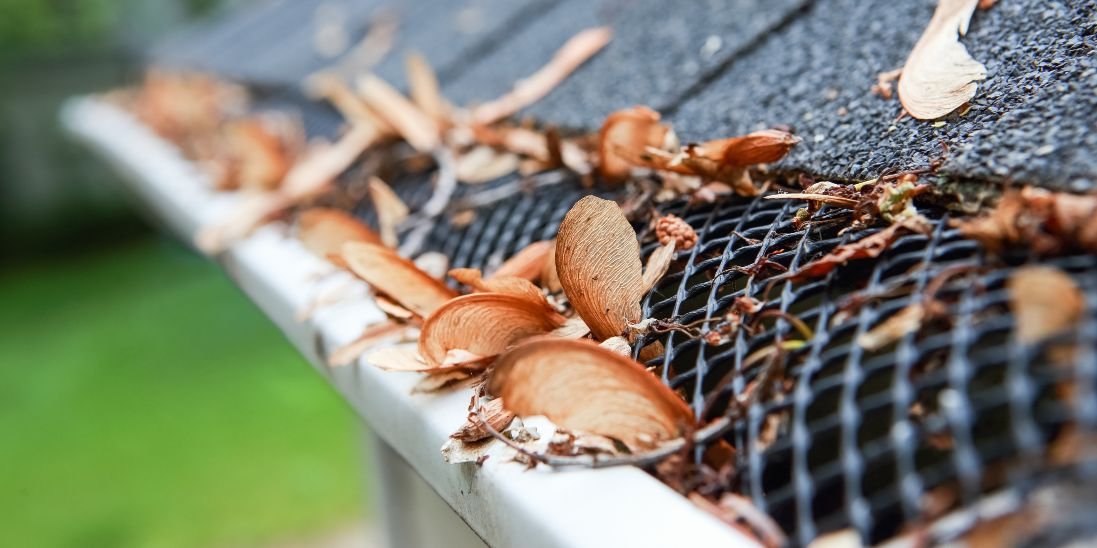7 Ways To Protect Your Gutters From Clogging
We partnered with a home improvement company for this post. The opinions in the post are honest. All reviews and opinions expressed in this post are based on our personal views. We are excited because we know you will love it.
If you’re a homeowner, you probably don’t think about your gutters too often—except maybe when it’s raining. But trust me, these handy chutes keep your home safe. When neglected, gutters can transform from unnoticeable features into colossal mess-makers. We’re talking flooded basements, cracked foundations, and even leaky ceilings. Check out these ways to protect your gutters from clogging.
1. Clearing Gutters Regularly
This job is not glamorous, but it’s necessary. Regularly removing leaves, twigs, and other debris can stop clogs before they start. Plan your cleanings after the leaves have fallen for maximum efficiency. Get a good ladder, put on some gloves, and start scooping.
2. Installing Gutter Guards
If manually cleaning is not your scene, gutter guards might be your answer. By preventing larger debris from entering your gutters in Cincinnati, frequent cleaning becomes less necessary. There are multiple guards available, from screens to foam inserts, so ensure you find the best fit for your house.
3. Trimming Overhanging Branches
A simple act of landscaping can save you a headache later. Overhanging tree limbs can wreak havoc on your gutters. Trim them back so they stay off your roof and out of your gutters.
4. Ensuring Proper Drainage
Your downspout is like the gutter gatekeeper. If it’s clogged, bent, or dislodged, water can’t flow away from your home properly, leading to back-ups and potential damage. Regularly check that your downspouts are clear and angled correctly to channel water away from your home’s foundation.
5. Professional Maintenance
Sometimes, DIY isn’t the best call, especially when three-story ladders are involved. Invest in an annual professional gutter check-up to keep the problems away. They’ll have the right equipment, experience, and insurance.
6. Look for Common Gutter Issues
Notice any sagging or pulling away from your home? There are common gutter issues many homeowners have to fix, and spotting signs of these issues could mean you’re dealing with one. Routinely check for peeling paint or mildew on the exterior of your home—these issues could indicate that your gutters are not properly channeling water.
7. Extending Downspouts
The standard downspout length isn’t enough to ensure water is carried a safe distance from your home. Adding an extension can redirect water where you want it—anything from a few feet to several yards from your foundation.
Home gutter maintenance goes a long way in protecting against clogs. They may not be the most glamorous part of your house, but they’re first-string defense when it comes to preventing water damage. Follow these tips, and your gutters—and the rest of your home—will be in tip-top shape.


